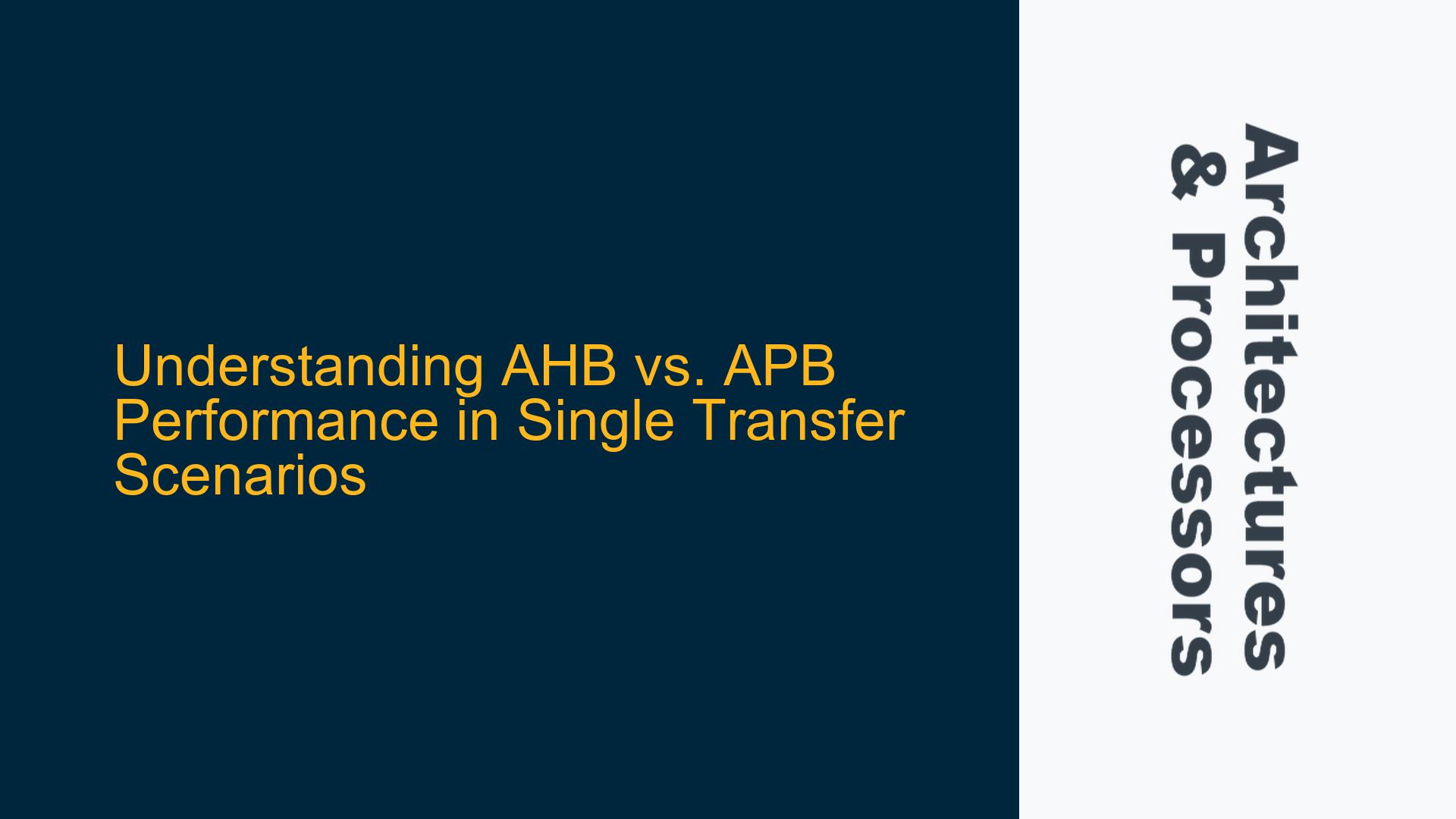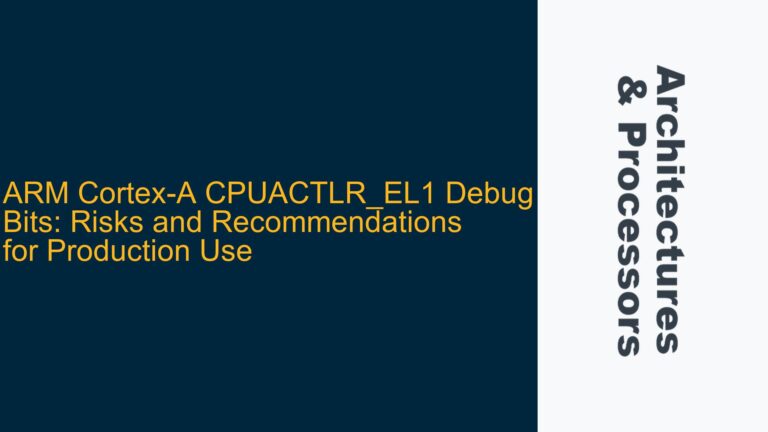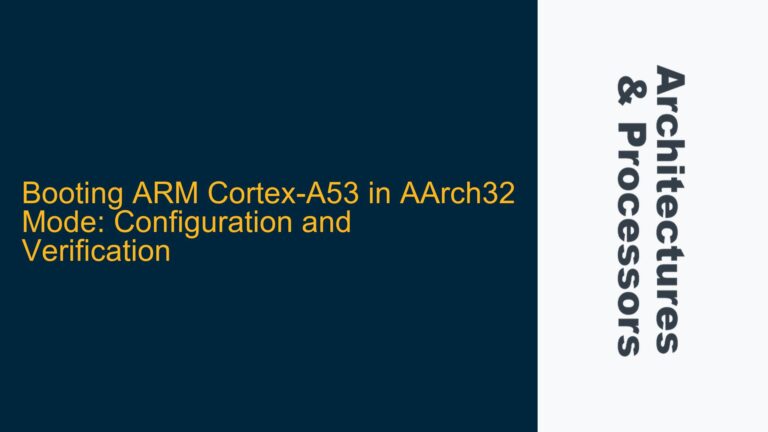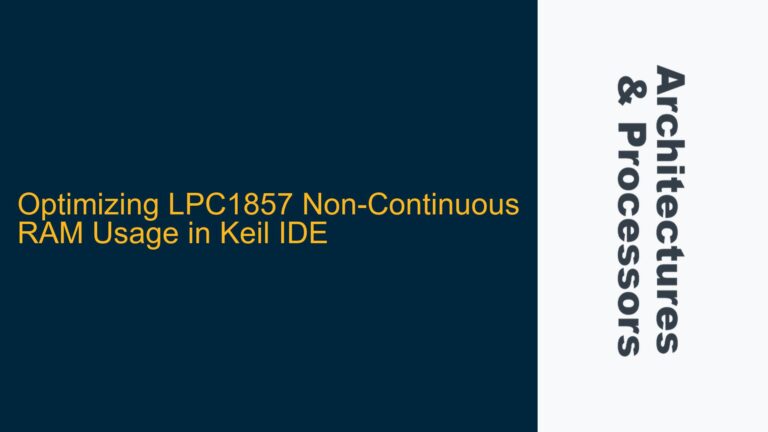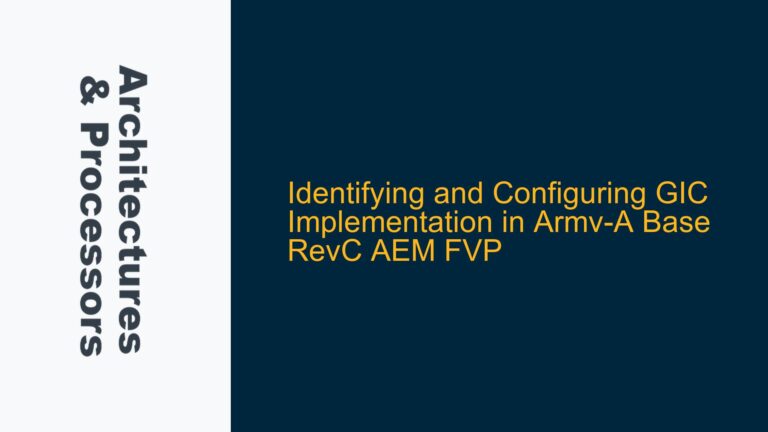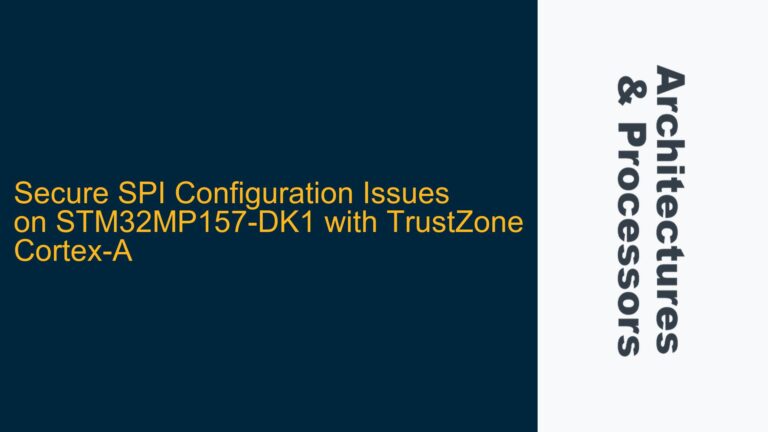AHB and APB Single Transfer Latency Comparison
When comparing the Advanced High-performance Bus (AHB) and the Advanced Peripheral Bus (APB) in the context of a single transfer, it is essential to understand the fundamental architectural differences between these two bus protocols. Both AHB and APB are part of the ARM Advanced Microcontroller Bus Architecture (AMBA) specification, but they serve different purposes and are optimized for different use cases. AHB is designed for high-performance communication between high-speed components such as processors, memory controllers, and DMA controllers, while APB is intended for low-power, low-bandwidth communication with peripherals like timers, UARTs, and GPIOs.
In a single transfer scenario, both AHB and APB require a minimum of two clock cycles to complete the transfer. This is because both protocols involve an address phase and a data phase. However, the similarities largely end there. AHB is a pipelined bus, meaning that it can overlap the address phase of one transfer with the data phase of another, which is not possible with APB. This pipelining capability allows AHB to achieve higher throughput in scenarios involving multiple transfers, but it does not provide a latency advantage in a single transfer scenario.
The key takeaway here is that AHB is not inherently faster than APB for a single transfer when considering only the minimum number of clock cycles required. However, the architectural advantages of AHB, such as pipelining and burst support, become significant when considering sequences of transfers or more complex communication patterns. APB, on the other hand, is simpler and more power-efficient, making it suitable for low-bandwidth peripherals where performance is not critical.
Architectural Differences and Their Impact on Performance
The performance difference between AHB and APB in single transfer scenarios can be attributed to several architectural factors. These include the complexity of the bus protocol, the presence of pipelining, and the ability to handle burst transfers. Understanding these factors is crucial for making informed decisions about which bus to use in a given application.
AHB is a more complex protocol compared to APB. It supports multiple masters and slaves, allowing for more sophisticated communication patterns. AHB also includes features like split transactions, which allow a slave to temporarily release the bus while it processes a request, and retry responses, which allow a slave to indicate that it is temporarily unable to process a request. These features add to the complexity of the AHB protocol but also provide greater flexibility and performance in high-bandwidth applications.
APB, in contrast, is a much simpler protocol. It is designed for low-bandwidth communication with peripherals and does not support features like pipelining or burst transfers. This simplicity makes APB easier to implement and more power-efficient, but it also limits its performance in high-bandwidth applications.
One of the most significant architectural differences between AHB and APB is the presence of pipelining in AHB. Pipelining allows AHB to overlap the address phase of one transfer with the data phase of another, which can significantly improve throughput in scenarios involving multiple transfers. However, in a single transfer scenario, this pipelining capability does not provide a latency advantage, as both the address and data phases must still be completed sequentially.
Another important factor is the ability to handle burst transfers. AHB supports burst transfers, which allow a master to request multiple data transfers in a single transaction. This can significantly improve performance in applications where large blocks of data need to be transferred, such as in memory access or DMA operations. APB, on the other hand, does not support burst transfers, meaning that each transfer must be initiated individually, which can lead to higher overhead and lower performance in high-bandwidth applications.
Optimizing Bus Selection for Single Transfer Scenarios
When designing an embedded system, selecting the appropriate bus for a given application is critical to achieving the desired performance and power efficiency. In single transfer scenarios, the choice between AHB and APB should be based on the specific requirements of the application, including the need for high performance, low power consumption, and ease of implementation.
For applications where performance is critical and multiple transfers are expected, AHB is generally the better choice. Its pipelining capability and support for burst transfers can significantly improve throughput, making it suitable for high-bandwidth applications such as memory access and DMA operations. However, the increased complexity of the AHB protocol can make it more challenging to implement and debug, particularly in systems with multiple masters and slaves.
For applications where power efficiency and simplicity are more important than performance, APB is often the better choice. Its simpler protocol and lower power consumption make it well-suited for low-bandwidth peripherals such as timers, UARTs, and GPIOs. Additionally, the simplicity of the APB protocol can make it easier to implement and debug, particularly in systems with a limited number of peripherals.
In some cases, it may be necessary to use both AHB and APB in the same system. For example, a high-performance processor might use AHB to communicate with memory and DMA controllers, while using APB to communicate with low-bandwidth peripherals. In such cases, it is important to carefully design the system to ensure that the performance and power requirements of each component are met.
When optimizing bus selection for single transfer scenarios, it is also important to consider the impact of bus arbitration and contention. In systems with multiple masters, bus arbitration can become a bottleneck, particularly if the bus is heavily utilized. AHB includes features like split transactions and retry responses that can help mitigate the impact of bus contention, but these features add to the complexity of the protocol. APB, on the other hand, does not support multiple masters, so bus arbitration is not a concern. However, this also means that APB is not suitable for systems with multiple masters.
In conclusion, while AHB and APB both require a minimum of two clock cycles to complete a single transfer, the architectural differences between these two bus protocols have a significant impact on their performance and suitability for different applications. AHB’s pipelining capability and support for burst transfers make it well-suited for high-bandwidth applications, while APB’s simplicity and low power consumption make it ideal for low-bandwidth peripherals. By carefully considering the specific requirements of the application, designers can select the appropriate bus to achieve the desired performance and power efficiency.
